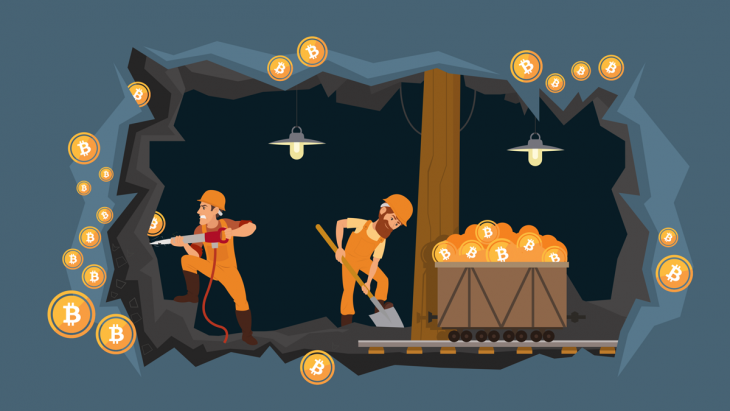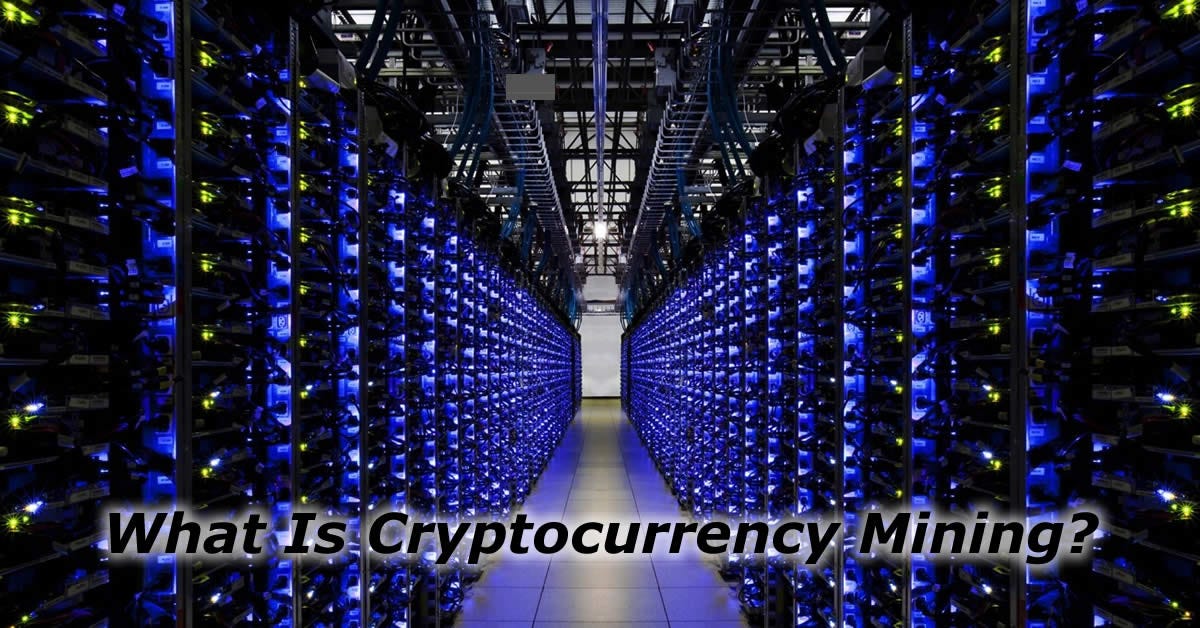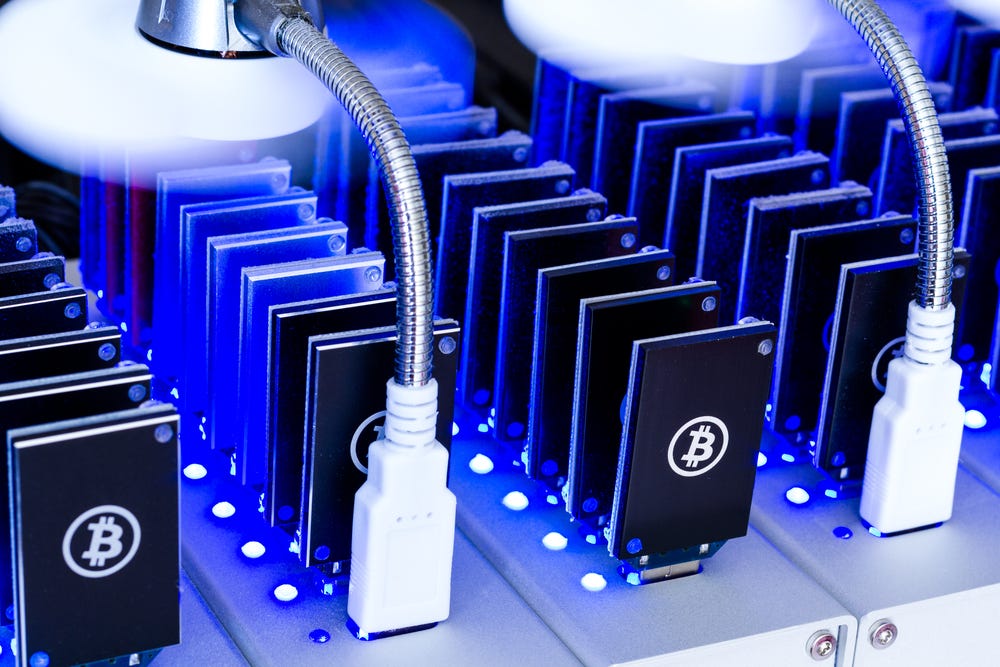MINING
Why do we need miners ?
Digital mining, which takes place on the network, is a way of producing value for cryptocurrencies. The longer that mining exists, the harder it is to mine. Much like gold, the more people who mine, the less there is out there for you to mine. Blockchain is the name of mining protocol that connects miners together. The purpose of mining is not only producing new coins but also keeping the system secure. Thus, in a sense, miners can be considered as guardians of the transaction network, called blockchain.
The blockchain is essentially a globally distributed record of all transactions. Transactions are checked by miners to check if the owner tried to spend it more than once.
What happens when a miner, or several miners, are dishonest and attempt to cheat the network?
As you can imagine, the blockchain is very hard to cheat — near impossible. The blockchain requires that a process is executed takes time to complete before letting the block of transactions to be registered.
It’s very easy to generate a hash from a set of data with the technology available today. Blockchain protocol deliberately makes it more difficult by introducing an algorithm called ‘proof of work’, so no one can hash too many transaction blocks within a certain amount of time. If it weren’t for proof of work, all the coins would be mined within minutes.
Furthermore, payments are transferred on the decentralized network. Each group of transactions is called a block. Blocks are built on top of each other by miners, which then forms a chain. When a transaction occurs, its data is distributed all over the network, so everybody can receive it. In this way, miners can add the data from these transactions to the global public ledger. Actually, they chronologically order transactions by including them in the previous blocks. These blocks also need to be verified with the proof of work function by other miners.
Proof of work is the mechanism that prevents a user from spending the same coin twice. Practically no one can hack the system since the ledger (or blockchain) is simultaneously recorded by many nodes across the network. That is why we call it ‘’decentralized’’.
Miners are willing to repeat the proof of work process because they are awarded new digital coins and also a tiny fee from each transaction. Each new block includes a special transaction which awards the miner. Therefore, new coins are released into the system from different nodes. Moreover, all miners compete with each other to seal off a block, using the specifically written software. Every time someone successfully creates a hash and receives a reward, everyone on the network hears about it; the blockchain is updated. This is what incentives miners to continue working on the blockchain.
Digital coin mining is a two-way verification and confirmation of transactions on the blockchain network. It is a secured transaction method between two users in which there is no government, bank or central authority involved. On the other hand, miners invest through consuming large amounts of electricity and in using huge CPU capacity in order to solve the long hash algorithms.
However, power consumption should not be an issue at all, especially if you compare it to the power consumption needed to run the banking industry. To sum everything up, without miners there would be no blockchain and without the blockchain there would be no digital coin.
In the future, the best alternative might be to mine the digital coins by participating in cloud mining through various leading mining websites, or other alternative methods in order to decrease power consumption.



Comments
Post a Comment